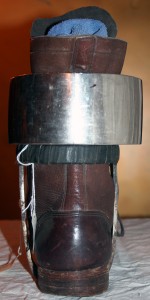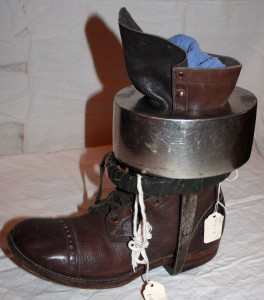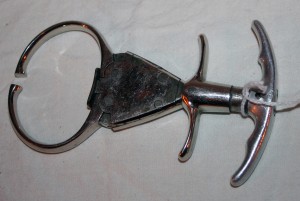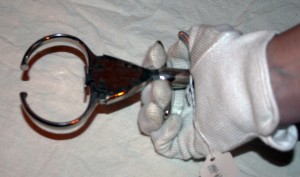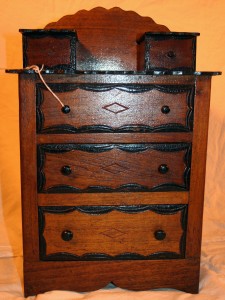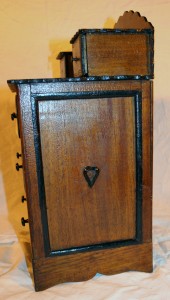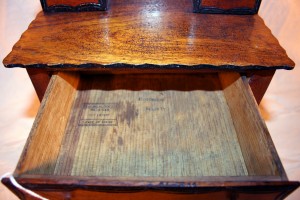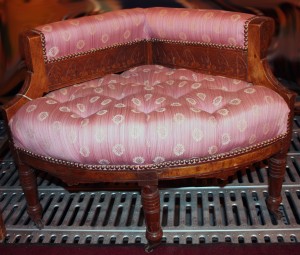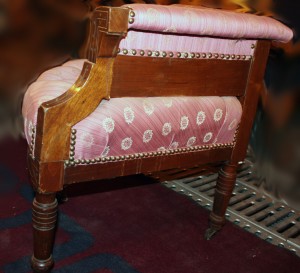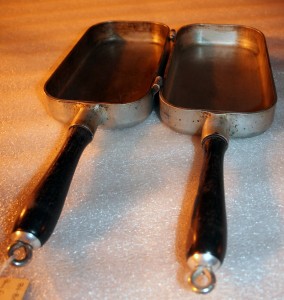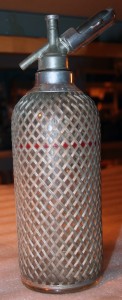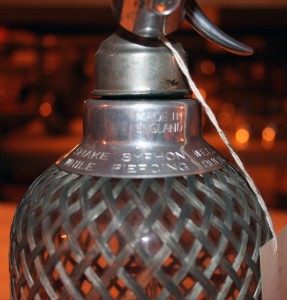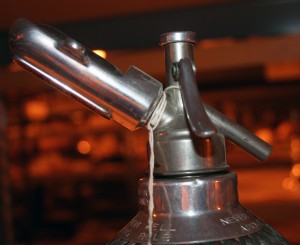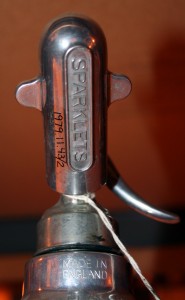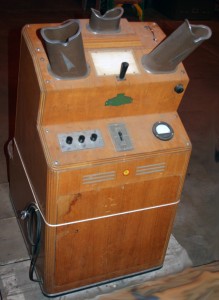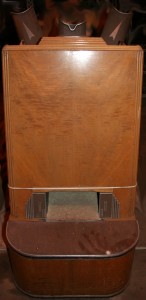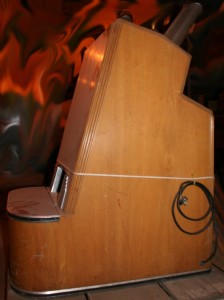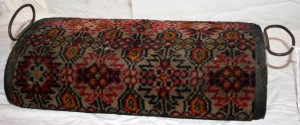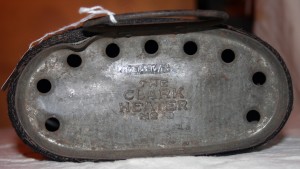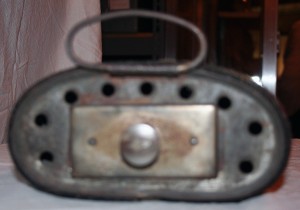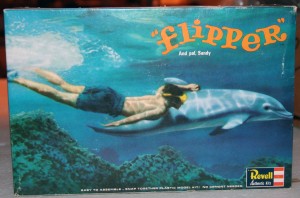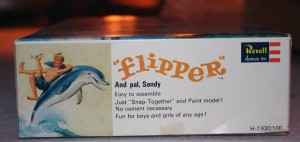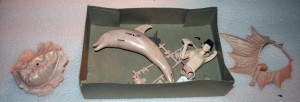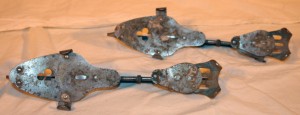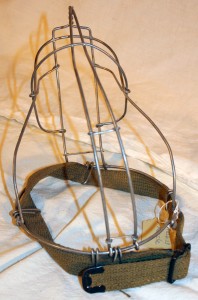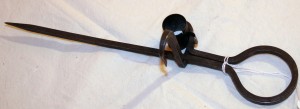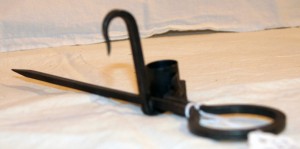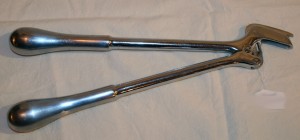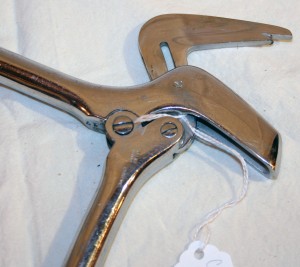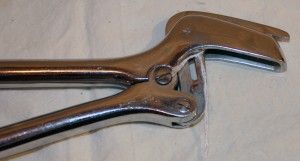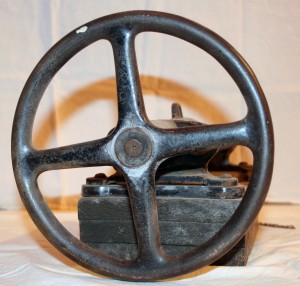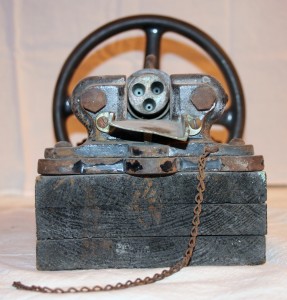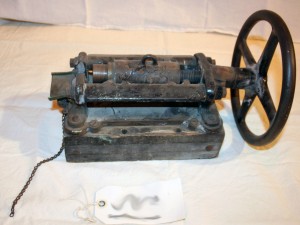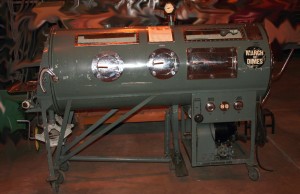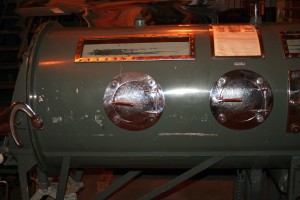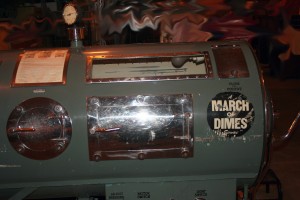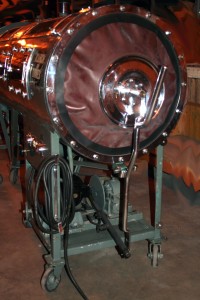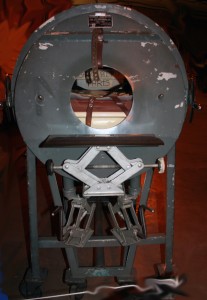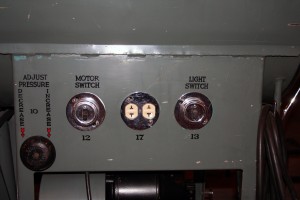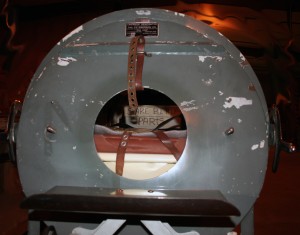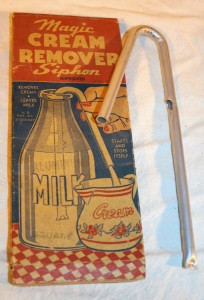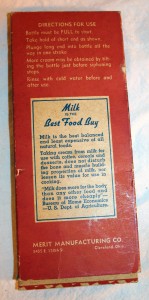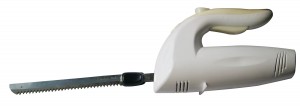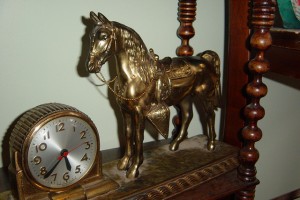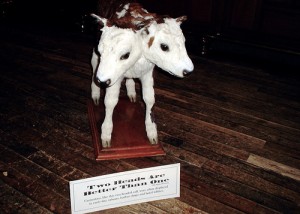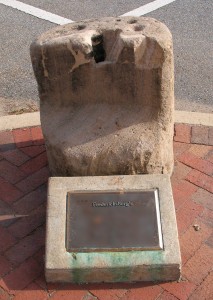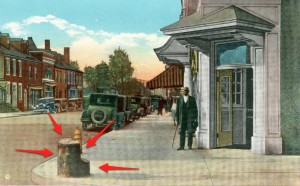You may use any of these objects for your object analysis paper, or you may propose an alternate object to the instructor.
Objects #1-17 come from the collections of the Idaho Historical Museum, and photos of the objects are used with permission of the museum. Object #18 comes from an advertisement. Objects #19-21 were found on Flickr, and are used under a Creative Commons license; clicking on objects 19, 20, or 21 will take you to the original photo page on Flickr. See the note on Object #22 for more information on its provenance.
Objects #1-17 are also available in a photo set on Flickr.
Click on any photo to see a larger version of the image.
Object 1:
Object 2:
Object 3:
Object 4:
Object 5:
Object 6:
Object 7:
Object 8:
Object 9:
Object 10:
Object 11:
Object 12:
Object 13:
Object 14:
Object 15:
Object 16:
Object 17:
Object 18:
Object 19:
Object 20:
Note: if you would like to study Object #20 from other angles, it is on exhibit at the Idaho Historical Museum in Julia Davis Park, next to campus.
Object 21:
Object 22:
 (This final image shows Object #22 after it was damaged in recent years. Compare it carefully with the similar image above to see if you can tell a story about the object and its importance.)
(This final image shows Object #22 after it was damaged in recent years. Compare it carefully with the similar image above to see if you can tell a story about the object and its importance.)
Object #22 has a plaque connected with it, and I have blurred out much of the plaque because it gives away too much information. I’ll give the source of the images once you’ve turned in your papers.
{ Comments on this entry are closed }
